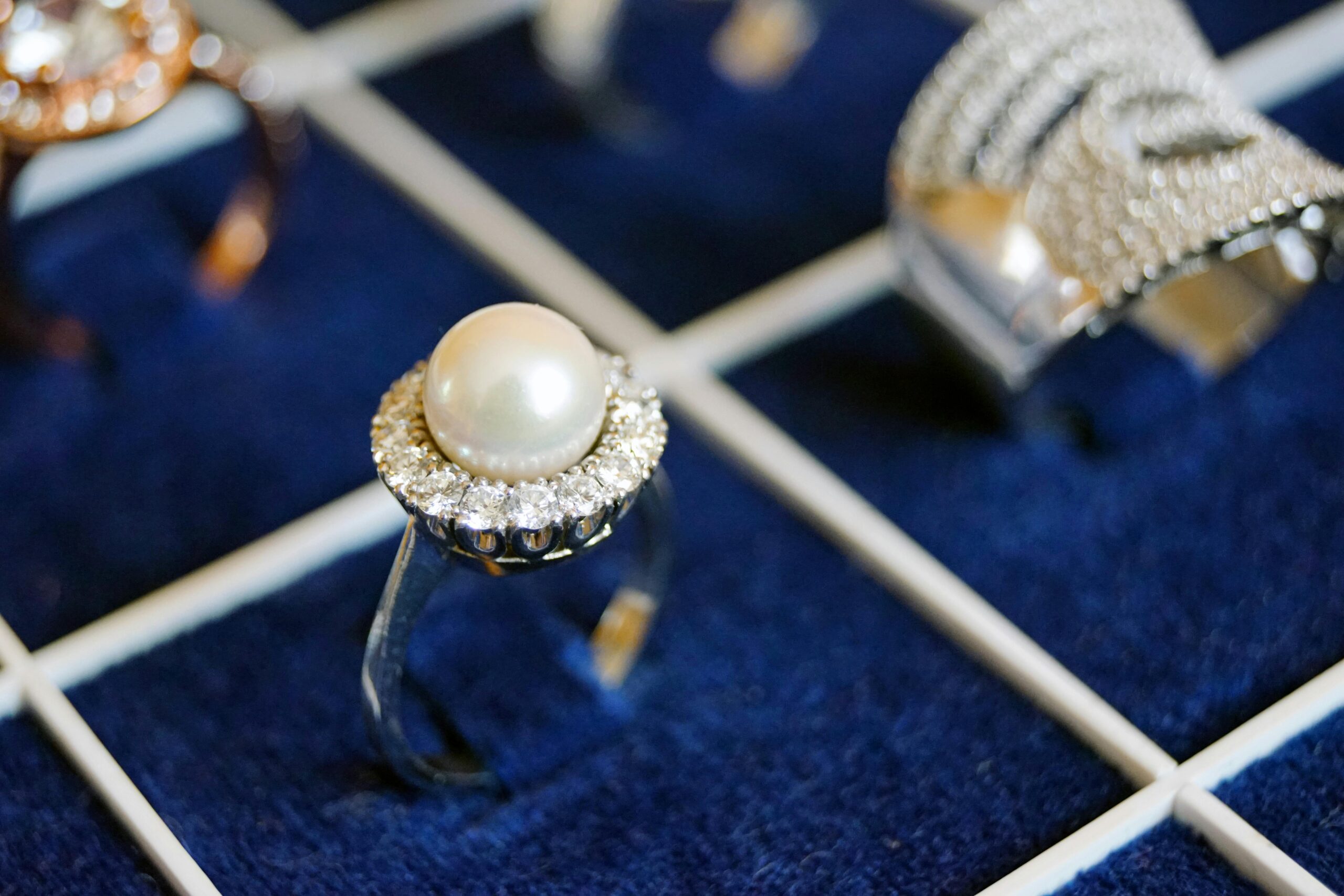The Diamond Ring Revolution: Redefining Love, Luxury, and Sustainability
In recent years, the traditional image of a diamond ring as a symbol of eternal love has undergone a significant transformation. The so-called “diamond ring revolution” is reshaping the way consumers perceive, purchase, and cherish these precious adornments. Driven by changing social values, technological advancements, and a growing emphasis on sustainability, this revolution is redefining what it means to buy a diamond ring in the modern era.
The Historical Significance of Diamond Rings
Historically, diamond rings have been associated with wealth, status, and romantic commitment. The iconic image of an engagement ring featuring a sparkling diamond gained prominence in the early 20th century, largely due to marketing campaigns by De Beers, which popularized the phrase “A Diamond is Forever.” This marketing strategy effectively embedded the idea that a diamond ring symbolizes eternal love and an unbreakable bond.
However, while the tradition remains strong, the practices surrounding the purchase and perception of diamond rings are evolving. Consumers are increasingly questioning the origins of their jewelry, seeking meaningful, ethical, and sustainable options.
The Shift Toward Ethical and Conflict-Free Diamonds
One of the most significant aspects of the diamond ring revolution is the increasing demand for ethically sourced stones. The scandal surrounding conflict diamonds—diamonds mined in war zones and sold to finance violence—shocked the industry and prompted a global push toward transparency and responsible sourcing.
The Kimberley Process Certification Scheme, established in 2003, was an initial step toward addressing these concerns, but it has faced criticism for its limitations. As a result, consumers now seek out conflict-free diamonds and are willing to pay a premium for ethically sourced stones. Companies like Brilliant Earth and James Allen have built their brands around transparency, providing detailed information about the origin of each diamond.
The Rise of Lab-Grown Diamonds
Perhaps the most revolutionary development in the diamond industry has been the advent of lab-grown diamonds. These diamonds are created in controlled laboratory environments using high-pressure, high-temperature (HPHT) or chemical vapor deposition (CVD) methods. They possess the same physical, chemical, and optical properties as mined diamonds but are typically more affordable and environmentally friendly.
Lab-grown diamonds challenge the traditional notion that natural scarcity equates to value. They appeal to a new generation of buyers who prioritize sustainability and affordability without compromising on quality or beauty. As technology advances, the quality and variety of lab-grown diamonds continue to improve, making them an increasingly popular choice for engagement rings and other jewelry.
Changing Consumer Preferences and the Digital Age
The digital revolution has also played a crucial role in transforming the diamond buying experience. Online retailers now offer extensive selection, competitive pricing, and detailed educational resources, empowering consumers to make informed decisions. Virtual try-ons, augmented reality tools, and detailed videos help buyers visualize how a ring will look and feel.
Moreover, the rise of social media has amplified the importance of personal expression and uniqueness. Consumers are seeking one-of-a-kind designs, vintage pieces, or customized rings that reflect their individual stories. This shift has led to a surge in bespoke jewelry and eco-conscious brands that emphasize craftsmanship and ethical sourcing.
The Role of Certification and Transparency
In the diamond ring revolution, certification and transparency are more critical than ever. Reputable jewelers provide detailed reports from gemological laboratories such as GIA (Gemological Institute of America) or AGS (American Gem Society), verifying the quality, origin, and ethical status of each stone. Certification not only assures buyers of a diamond’s authenticity but also fosters trust in an industry historically plagued by fraud and misrepresentation.
The Economic Impact of the Revolution
The shift toward lab-grown diamonds and ethical sourcing has also impacted the industry’s economic landscape. Traditional mined diamond sales face stiff competition from lab-grown options, which typically cost 30-40% less. This price difference has democratized access to high-quality diamonds, making luxury jewelry more accessible to a broader demographic.
At the same time, the emphasis on sustainability and ethics has encouraged traditional miners to adopt more responsible practices and invest in community development initiatives. The industry is gradually moving toward a more sustainable and socially responsible model.
The Future of Buying Diamond Rings
Looking ahead, the diamond ring revolution is poised to continue its momentum. Innovations in technology, such as blockchain, promise to further enhance transparency by tracking diamonds from mine to market. This ensures ethical sourcing and prevents fraud.
Moreover, consumer preferences are shifting toward transparency, sustainability, and personalization. Brands that embrace these values will likely thrive in the evolving marketplace.
Additionally, alternative gemstones like moissanite, sapphires, and other colored stones are gaining popularity as substitutes or complements to traditional diamonds. These options allow for more personalized and ethically conscious choices.
Conclusion
The diamond ring revolution signifies a profound shift in how society perceives and values these precious stones. Moving away from purely traditional and status-driven purchases, consumers now prioritize ethics, sustainability, and personal expression. Lab-grown diamonds, transparent sourcing, and digital innovation are at the forefront of this transformation, making the purchase of a diamond ring a more meaningful, responsible, and personalized experience.
As the industry continues to evolve, one thing remains certain: the diamond ring of the future will be defined not just by its brilliance, but by its integrity, sustainability, and the story it tells.
